Economy
Explore Gallup's research.

Americans' economic confidence has fallen to its lowest level in over a year, accompanied by a historic drop in planned holiday spending.

South Africa will host world leaders at the first G20 summit in Africa as it contends with its own leadership challenges at home.

Purpose drives employee engagement and retention, but most workplaces undervalue it, and many U.S. employees say their jobs fall short of providing purpose.

Americans expect to spend an average of $1,007 on holiday gifts this year, nearly identical to their estimate at the same point in 2024.
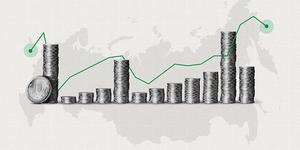
Gallup data show that Russians feel more positive about their economy than they did before the Ukraine invasion, but strain is beginning to appear.

Sixty-nine percent of U.S. adults say it is extremely or somewhat important for businesses to promote DEI, the lowest level since tracking began in 2022.

One in four U.S. workers lack advancement or mentorship, limiting job satisfaction and growth opportunities.
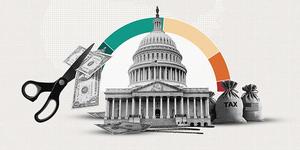
Americans favor spending cuts over tax hikes to reduce the deficit, although a majority of U.S. adults support taxing the wealthy to raise revenue.
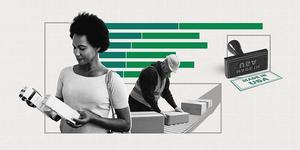
About four in 10 Americans are consistently aware of where the products they buy are made.

Farming and the computer and restaurant industries are the top-rated of 25 U.S. sectors, while the federal government ranks last.
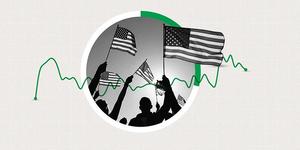
Satisfaction with the direction of the U.S. has dipped to the lowest of Trump's second term, as more cite concern about crime and national unity.
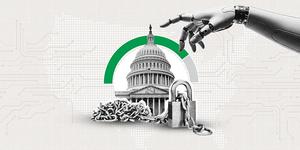
Most Americans favor maintaining rules for AI safety and security, as well as independent testing and collaboration with allies in developing the technology.

Despite improvements, Americans remain concerned about whether businesses will use AI responsibly and what impact it will have on job availability.
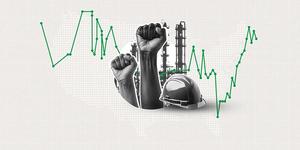
Public approval of labor unions remains historically strong at 68%, marking the fifth consecutive year with nearly 70% support.
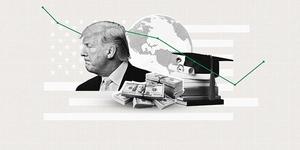
Americans haven't changed their minds about President Trump or the economy over the past month, with ratings of both holding at less-than-optimal levels.
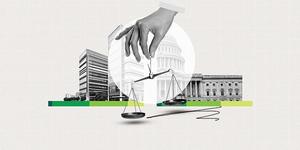
Americans trust U.S. businesses more than the federal government to act in society's best interest and positively impact people's lives.
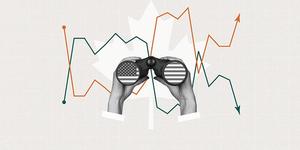
Canadian approval of U.S. leadership has dropped to its lowest level since President Donald Trump's first term amid strained U.S.-Canada relations.

Over half of U.S. adults (51%) in 2025 believe companies should speak out on current events, up from 38% in 2024.
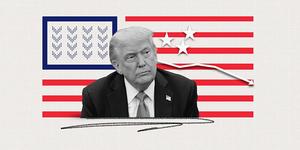
President Donald Trump's job approval rating has fallen to 37%, the lowest of his second term as a result of a decrease among independents.
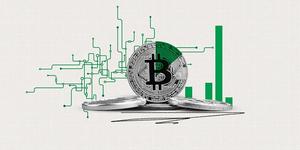
While almost all Americans have heard of cryptocurrency, just 14% report owning it, although the rate is much higher among certain subgroups.